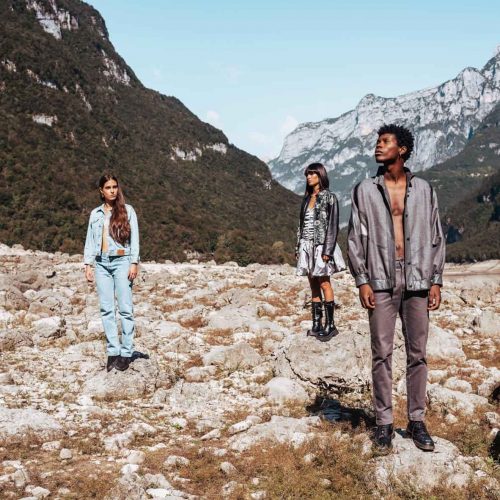The Power Of A D.I.Y. Garment
Open Source Fashion has opened the door to new possibilities for those who want to immerse themselves in the world of sewing.
To receive the Luxiders newsletter, sign up here.
The pandemic marked one of the crucial historic events of the decade. Everything has changed, some aspects even returning to their nature. The isolation has raised awareness in the impact of fast—fashion and its consequences and thus, new ways of creating.
Sustainable fashion starts in ourselves. We are aware that buying in a more conscious way, thrifting or investing in an eco- conscious brand are the main paths to support slow fashion. However, what if we told you there is an easier way to contribute? Learning sewing. Previous generations of women were forced to learn how to sew. They used to spend hours at school knitting, embroidering and fixing garments. Although the background of this practice was to make a woman a good housewife, this knowledge has been lost over the years.
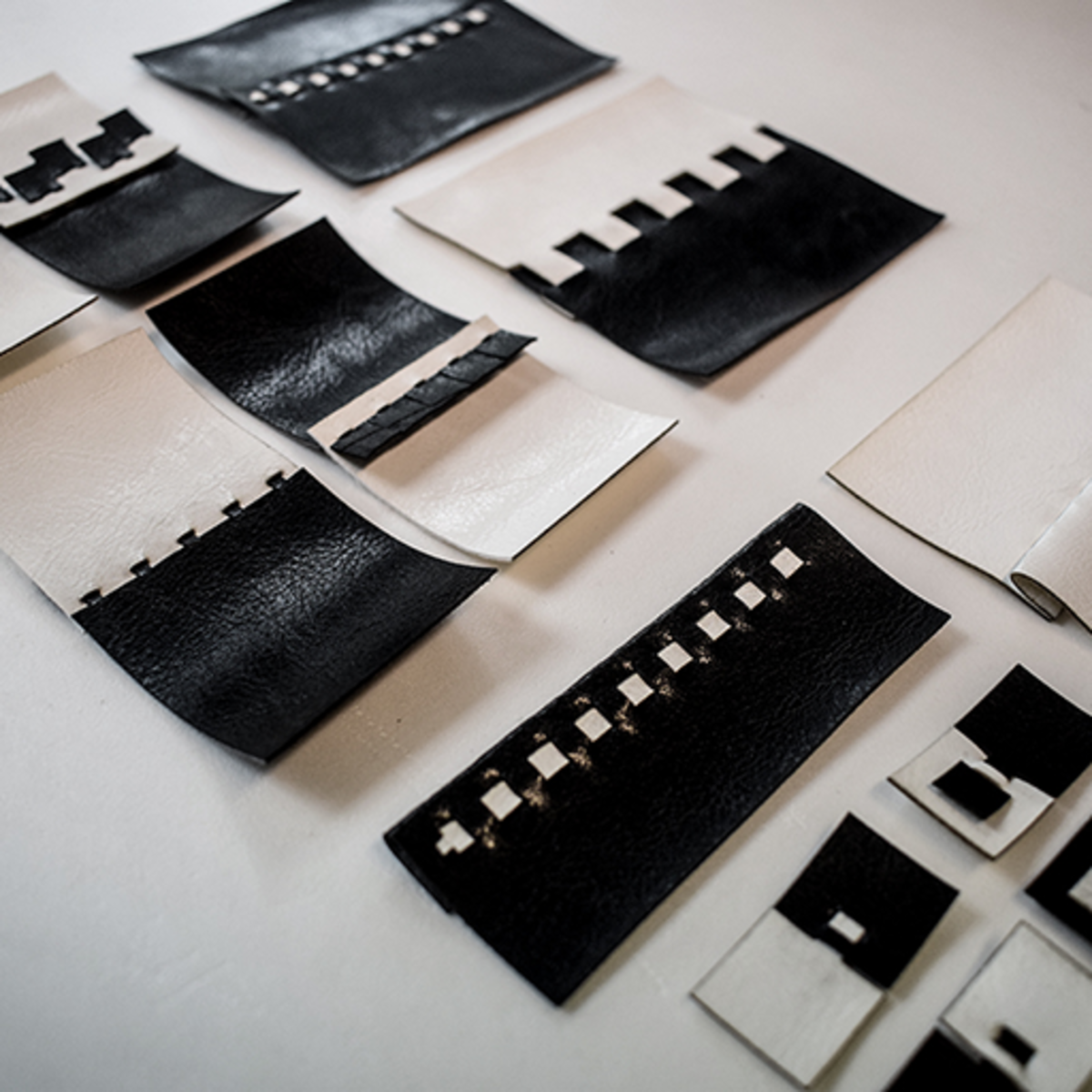
© Design by Maite Sosa | OS Circular Fashion
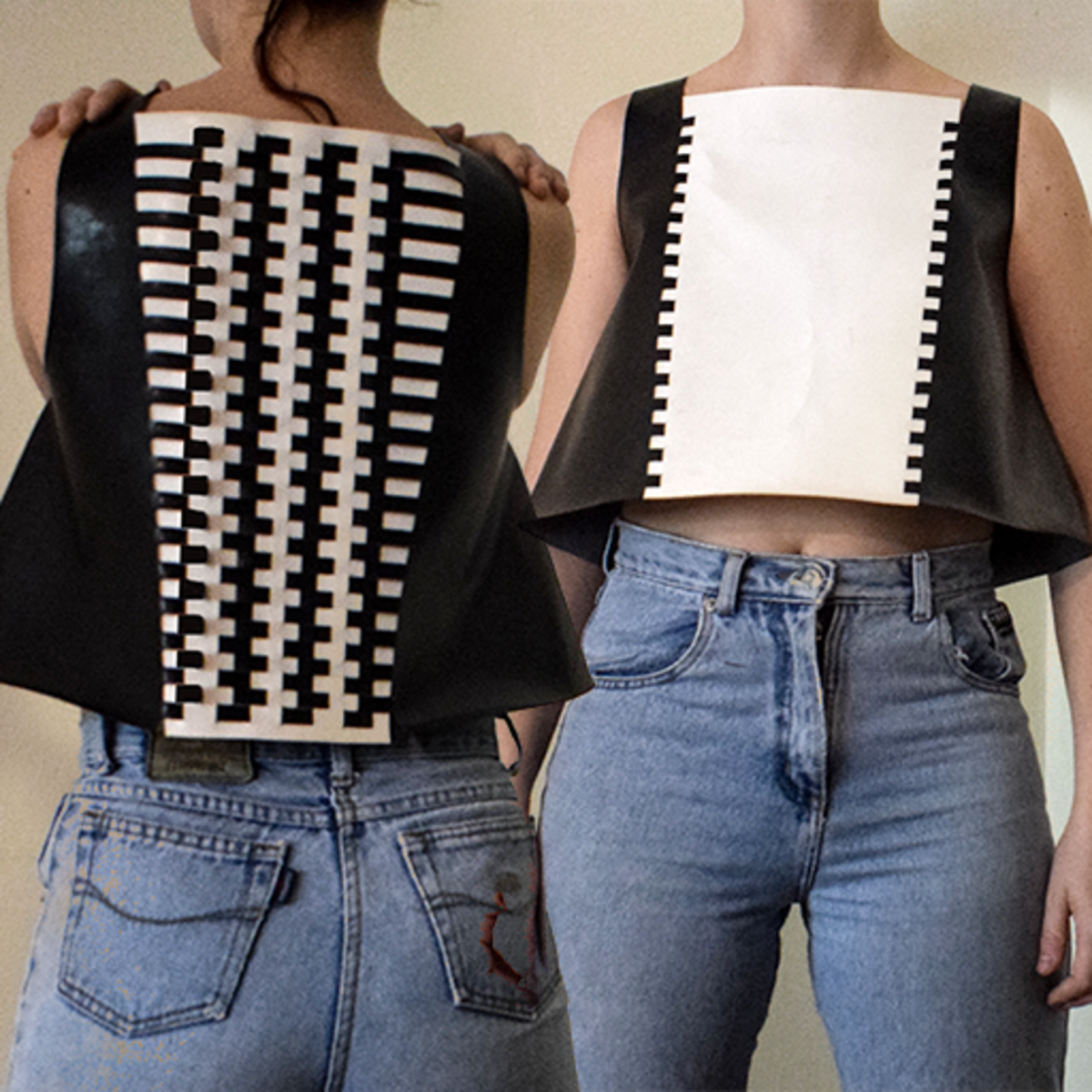
© Design by Maite Sosa | OS Circular Fashion
2020 turned the tide. The truth is home sewing experienced a boom during the first wave of the pandemic. Spending time at home gave us the opportunity to engage in new hobbies or recover old ones. What for many started as a make your own face mask project, ended up becoming a full immersion in the sewing world.
Fixing clothes leads to a better understanding of them. We become aware of the effort, skills and time invested, and we stop seeing it as a disposable garment. Prolonging the life of a piece of clothing can reduce greenhouse gasses in the atmosphere, besides offering a sense of uniqueness.
MAKE AND CHANGE
For those sewing experts who would like to go a step further, Open Source fashion is the answer. The Oxford languages dictionary defines open source as denoting software for which the original source code is made freely available and may be redistributed and modified.
Back in 2016 the Dutch designers Martijn Van Strien and Vera de Pont created the manifesto of Open Source Fashion. Addressing the key agents, designers, businesses and consumers on how to play a part in this positive change, it offered a new perspective on ways of making fashion. In a conference at Design Indaba, de Pont talked openly about the impact of the manifesto. “Fashion is creating its own dominant condition and, therefore, other options are not really workable. Many concepts arise, but none really work or are applicable in the current economic structure of business.” She continued stating that fashion is multidisciplinary and maybe it would become completely open source, being available online, being adjustable or shared with anyone.
“Involving consumers in the creation of fashion adds a priceless value and personal connection to each garment. It positively influences how they are experienced, worn and cared for.” Open Source Fashion Manifesto

© Open Source Fashion Manifesto

© Open Source Fashion Manifesto
Earlier this year, ADIFF, the female-founded design label, launched the Open Source Fashion Cookbook. Luxiders had the opportunity to interview the creators. In their words, the book, beginner friendly, has several recipes suitable for different levels ranging from no-sew to more elaborate ones. Their main goal was to make upcycling friendly and easy.
Organisations play a key role in developing and promoting this approach. Fabricademy, the textile and technology academy, offers different courses to learn how the development of new technologies applies in the fashion industry. Besides, it has a catalogue of patterns and designs made by open source and for open source. Anyone can upload their design and contribute both to the library and the movement.
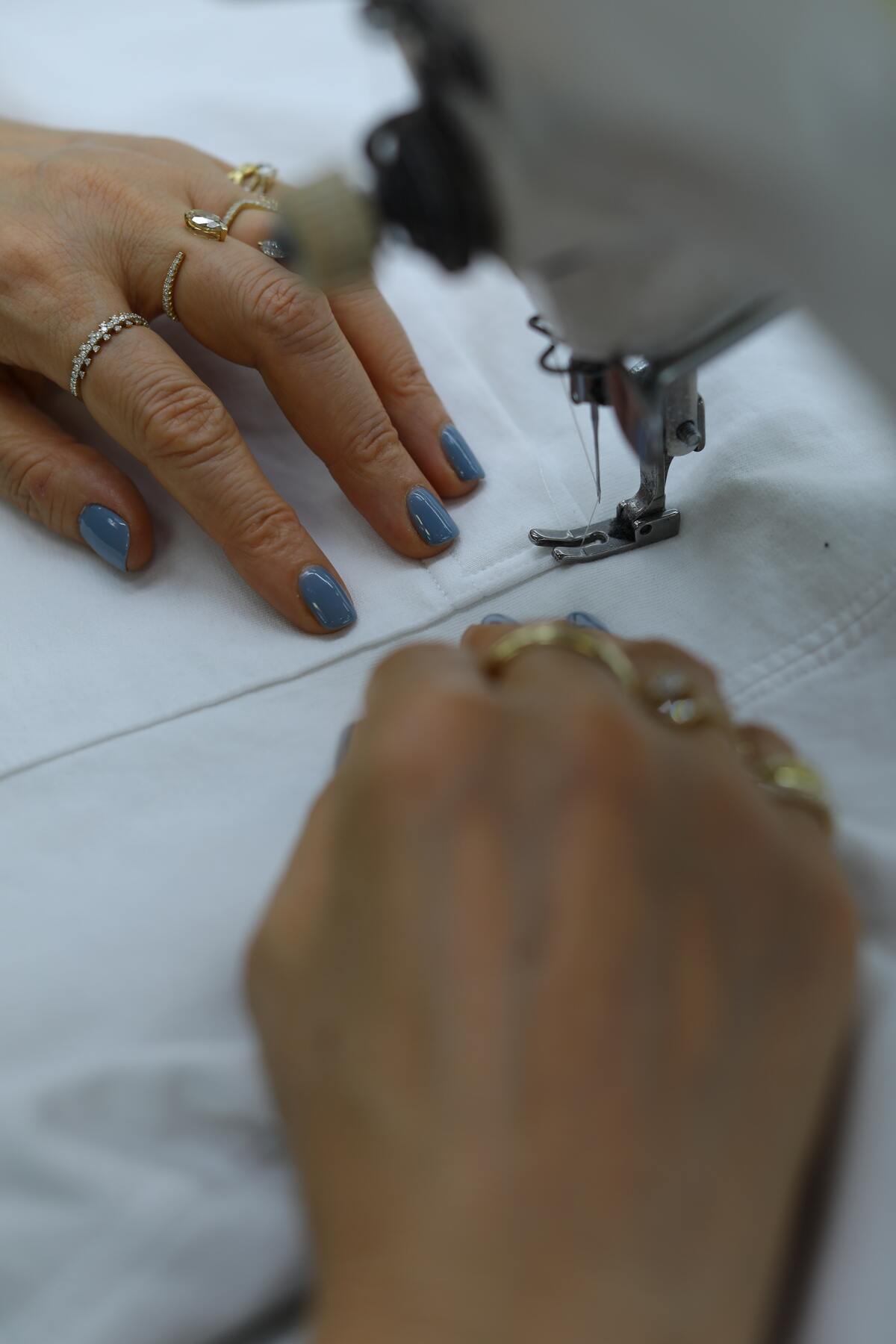
Creating a garment based on Open Source Fashion breaks with the current linear model for acquiring and disposing of clothing. It grants that clothes are re-used and repurposed several times before recycling them. Moreover, one of the most special features is that making them our own gives the garments a whole new sense of belonging. This approach, in addition to being sustainable, allows each garment to be customized down to the smallest detail.
Whether it is a face mask, a handmade jumper or a purse, the uniqueness connects us to the natural world and to each other. How amazing it is to think that we may be creating a whole new aesthetic movement, a whole new style by sewing our own clothing.
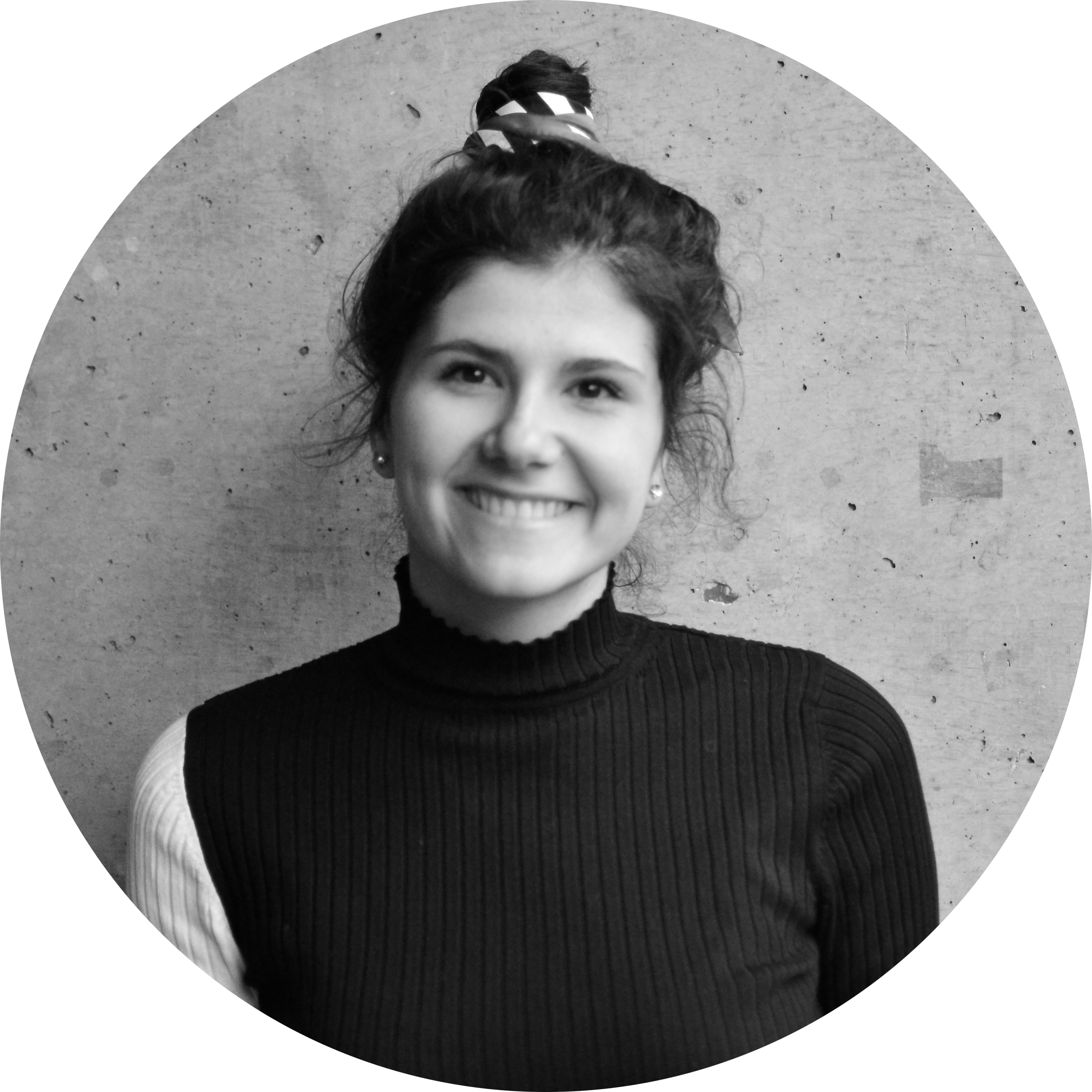
+ Words: Ane Briones, Luxiders Magazine
Journalism graduate | Basque Country based writer
IG: @anebriones



